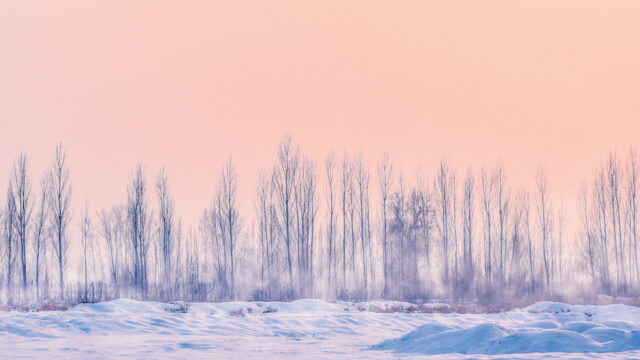
By Christopher Kiely, LAC
Long ago in the Yellow River Valley, in what we now call China, a special conversation took place between an aspiring emperor and his doctor. Before he could rule his kingdom properly, he had some serious questions about the relationship between humanity and nature. It was a deep and transformative talk that bloomed between them about life and death, spirit and energy, time and healing.
At the time, little did they know exactly what they were on the brink of, but their chat would eventually be canonized in writing, around 200 BCE, as the The Yellow Emperor’s Classic of Internal Medicine and become the foundation of a comprehensive system of healing based on balance, flow and natural harmony. As the tension between humanity and nature approaches critical levels, and global culture becomes ever more reliant on a transactional form of medicine that focuses on short-term technological solutions for long-term biological disharmonies, the ageless wisdom of what was brought to the table oh-so-long ago is more relevant than ever.
Consider the following quote from the opening passage of the first chapter of the classical text:
“I’ve heard it said that back in the most ancient times people would regularly live to 100 years old without any significant decline in vitality. Whereas nowadays it seems that most people rarely make it past 50 without some sort of decline or another. Is our modern era somehow unusual? Has humanity lost its way?”
Keep in mind that this conversation allegedly took place around 4,500 years ago, long before anything resembling “the modern era” by today’s standards. And yet, already a negative influence and pattern of deviation from natural health is noticed. His mentor replies:
“It’s true that in the most ancient times, people understood more of the natural way. They patterned themselves after yin and yang and harmonized art and science. Food and drink had restraint. Movement and rest had balance. They worked hard to rid themselves of falsehood, and were thus able to fully integrate form and spirit and reach the full breadth of their natural human life span of 100 years before passing away.”
This is just the beginning of their intricate discussion on how best to arbitrate the harmonious balance between humans and nature, modernity and the environment. The mighty tree of Eastern healing arts has grown from here, and now extends its branches across the world. The insights and methods set forth have proven to be helpful more times and to more people across the world than it is possible to count—and still, the ethos and reason they express and convey somehow seems to dwell beyond the gaze of modern medicine and scientific scrutiny. Either the exact mechanism of what we commonly refer to as Chinese medicine is so progressive it simply hasn’t been discovered yet, or is so obvious that it’s part of that same old chunk of the natural environment that’s currently and inadvertently being neglected by modernity. Either way, what a wonderful coincidence it is to be reminded that healing the environment and healing ourselves could actually be one and the same thing. fallingwatertaichi.com





